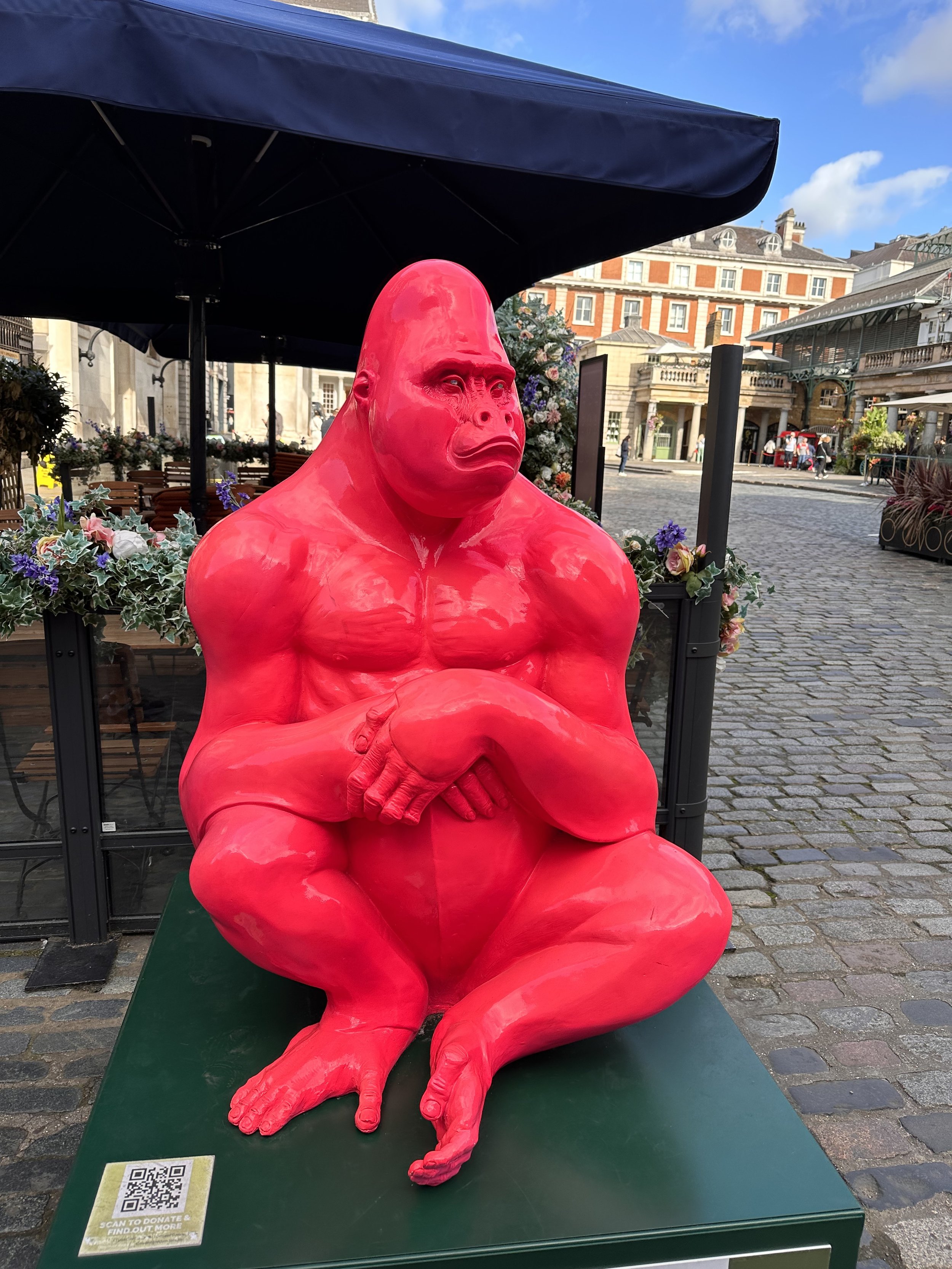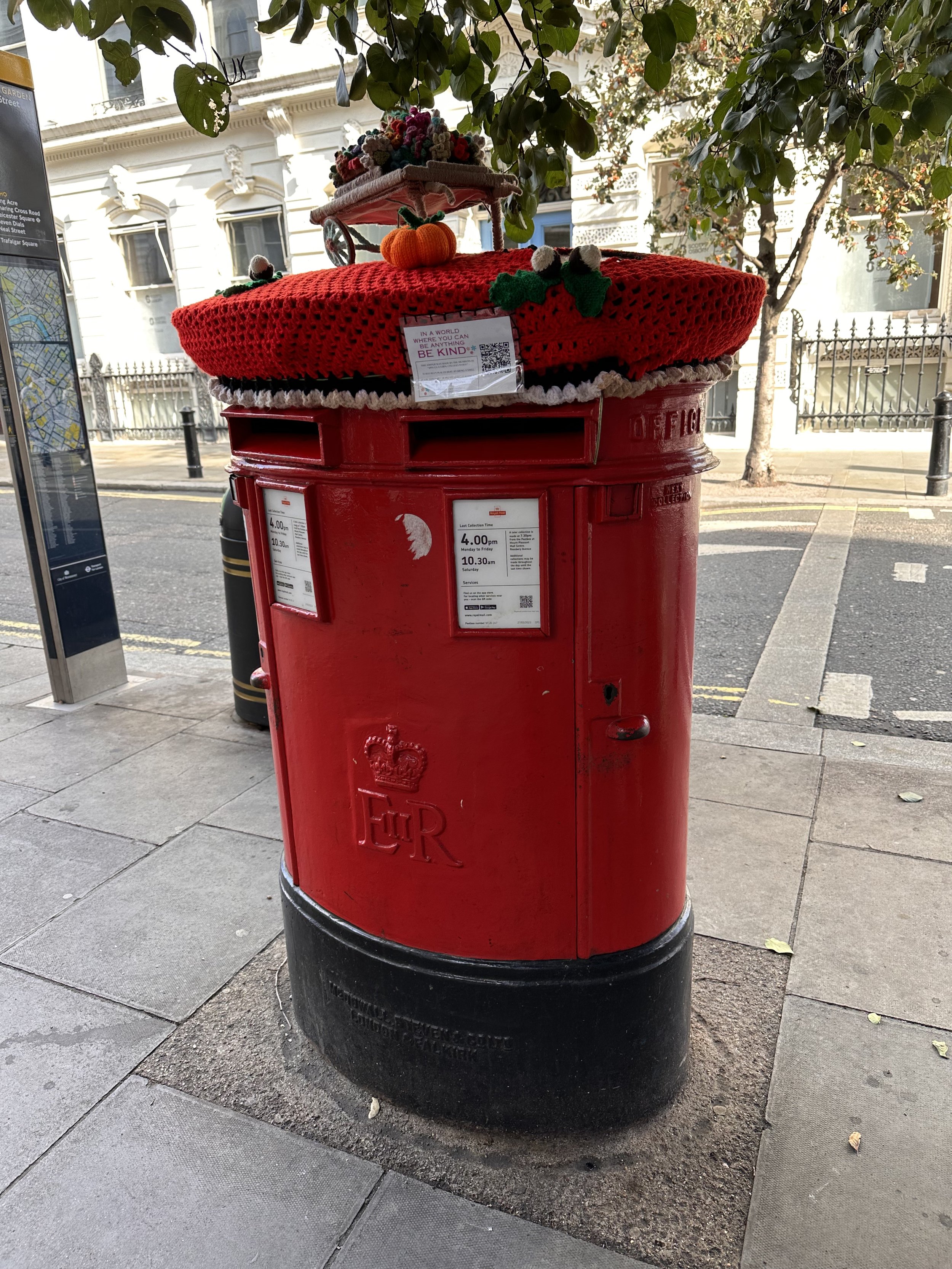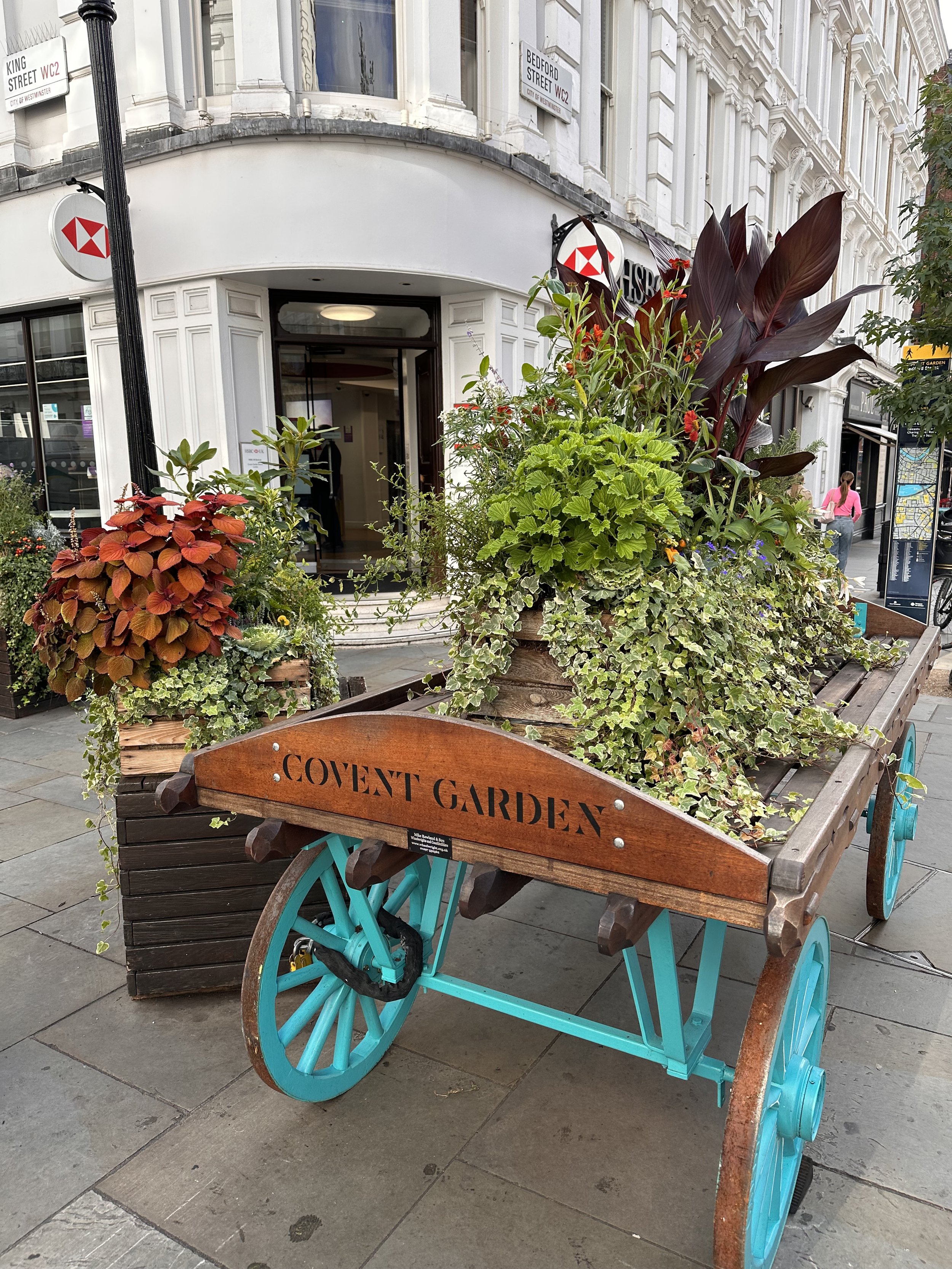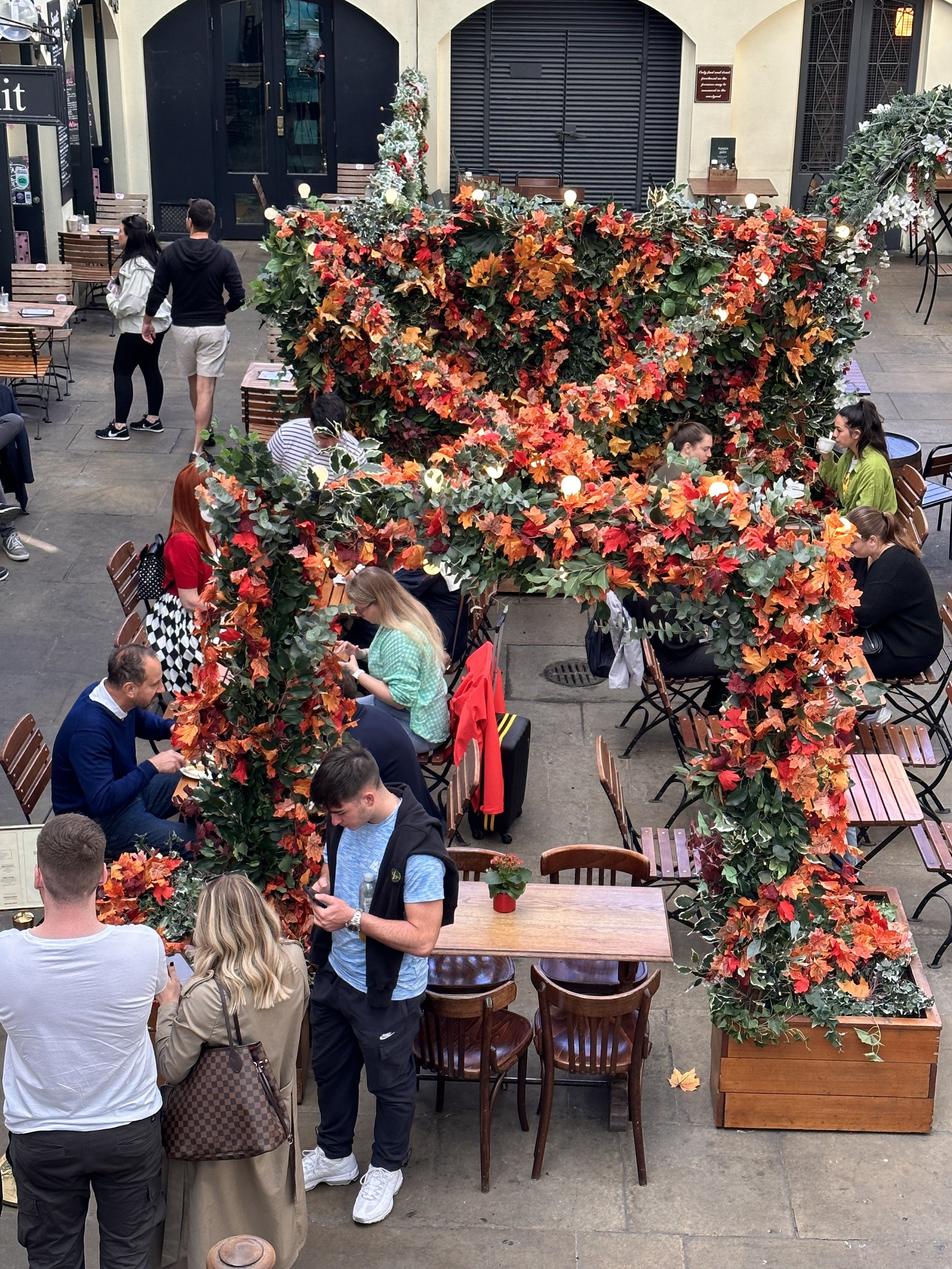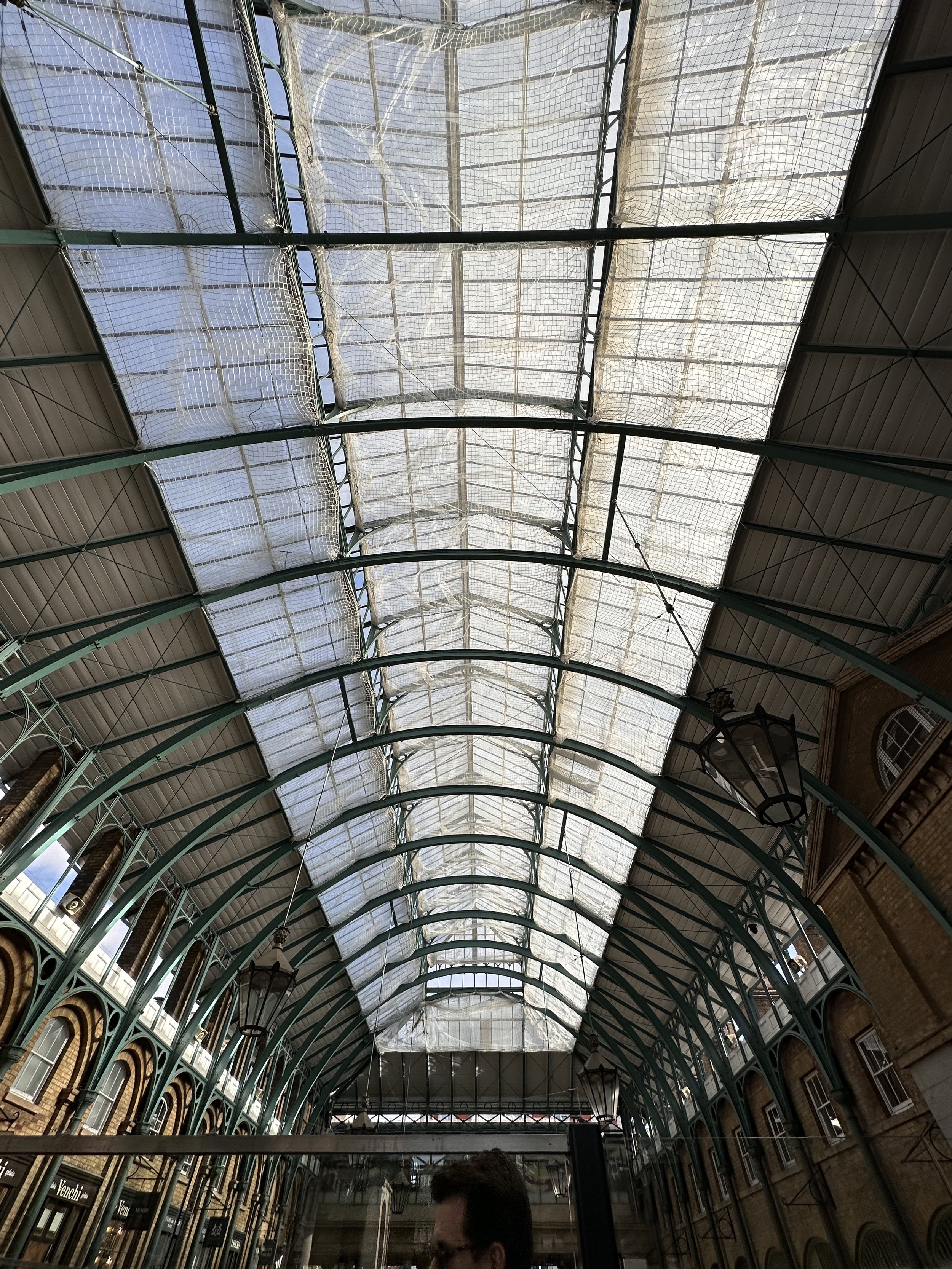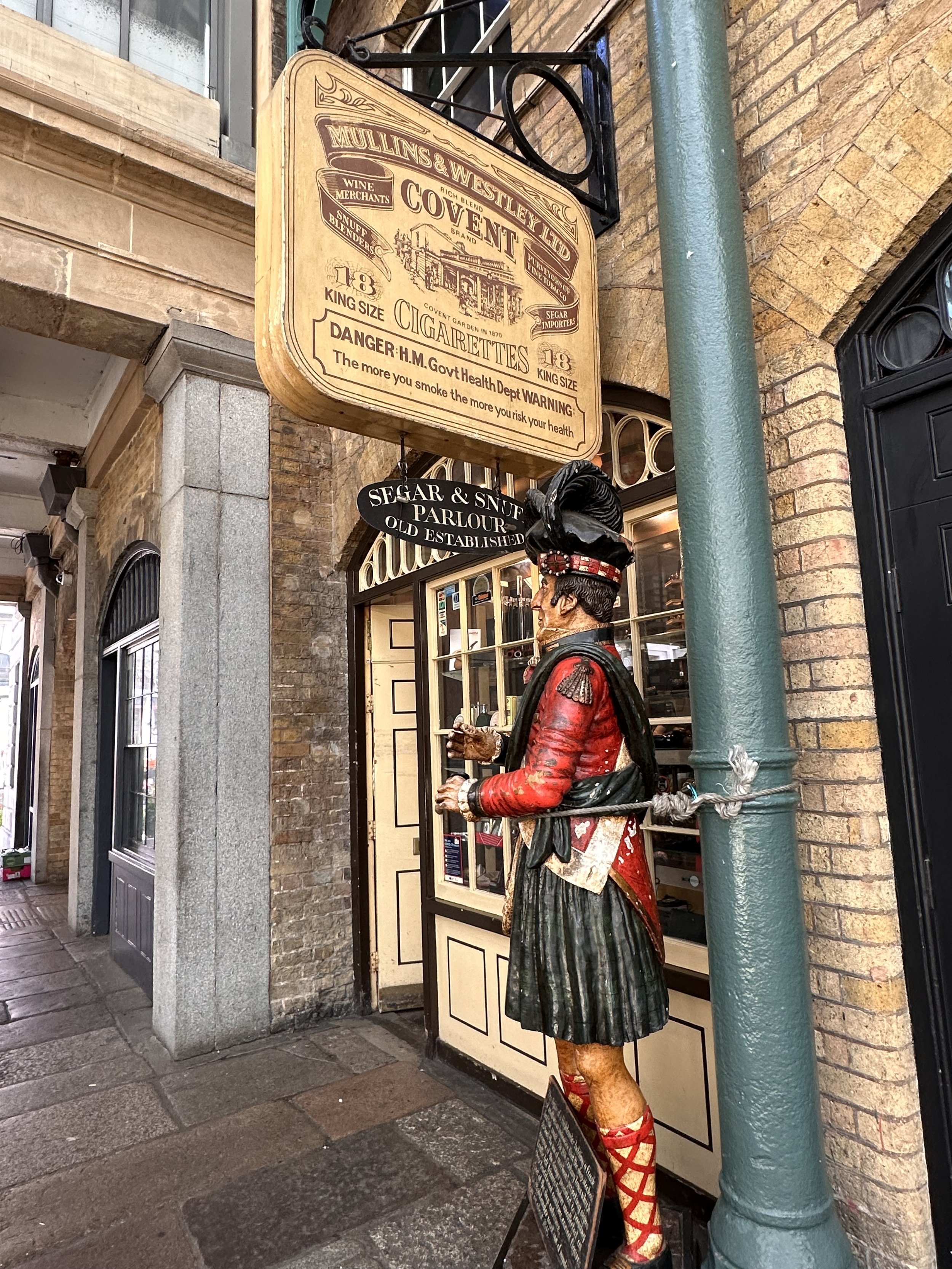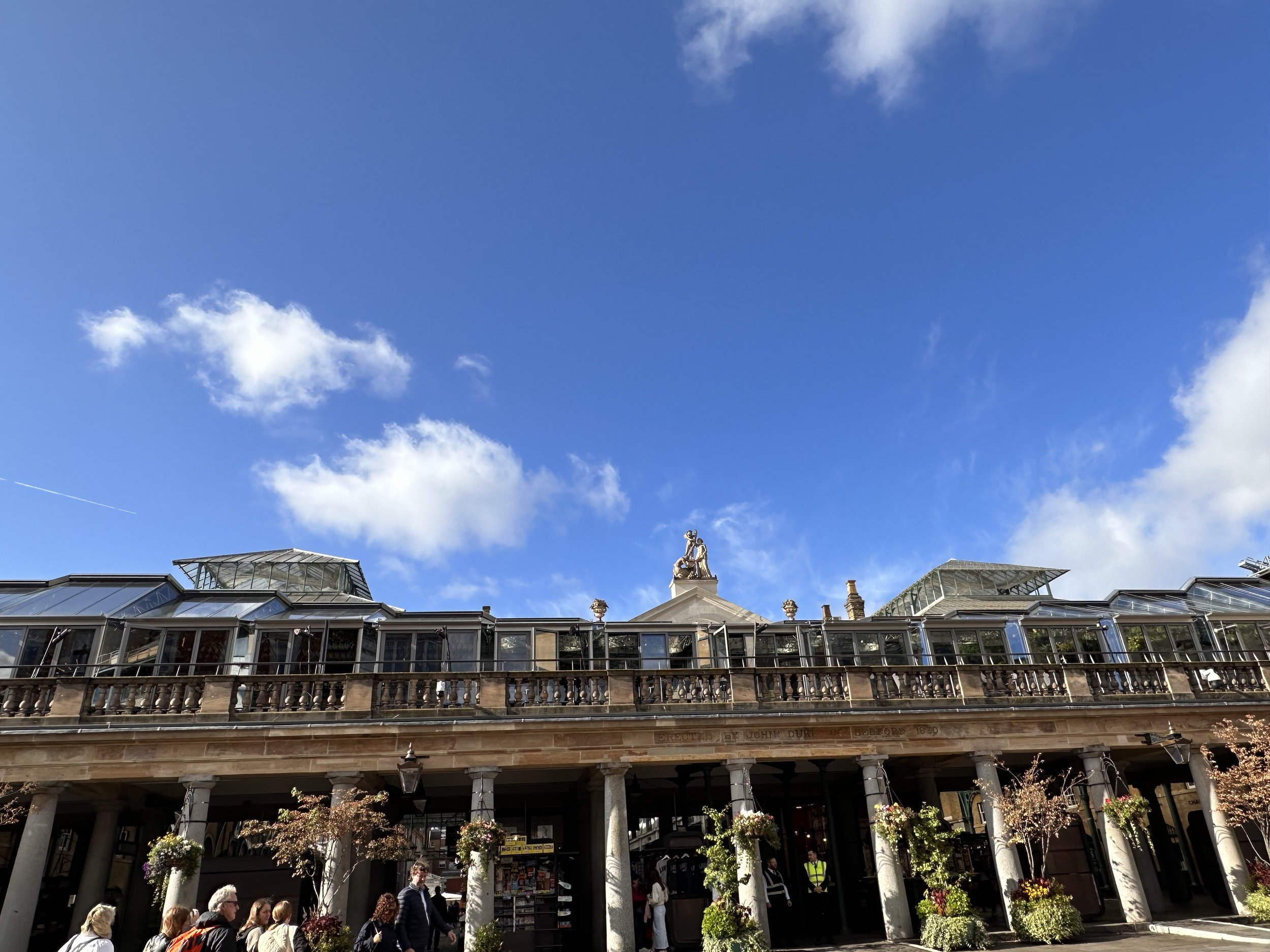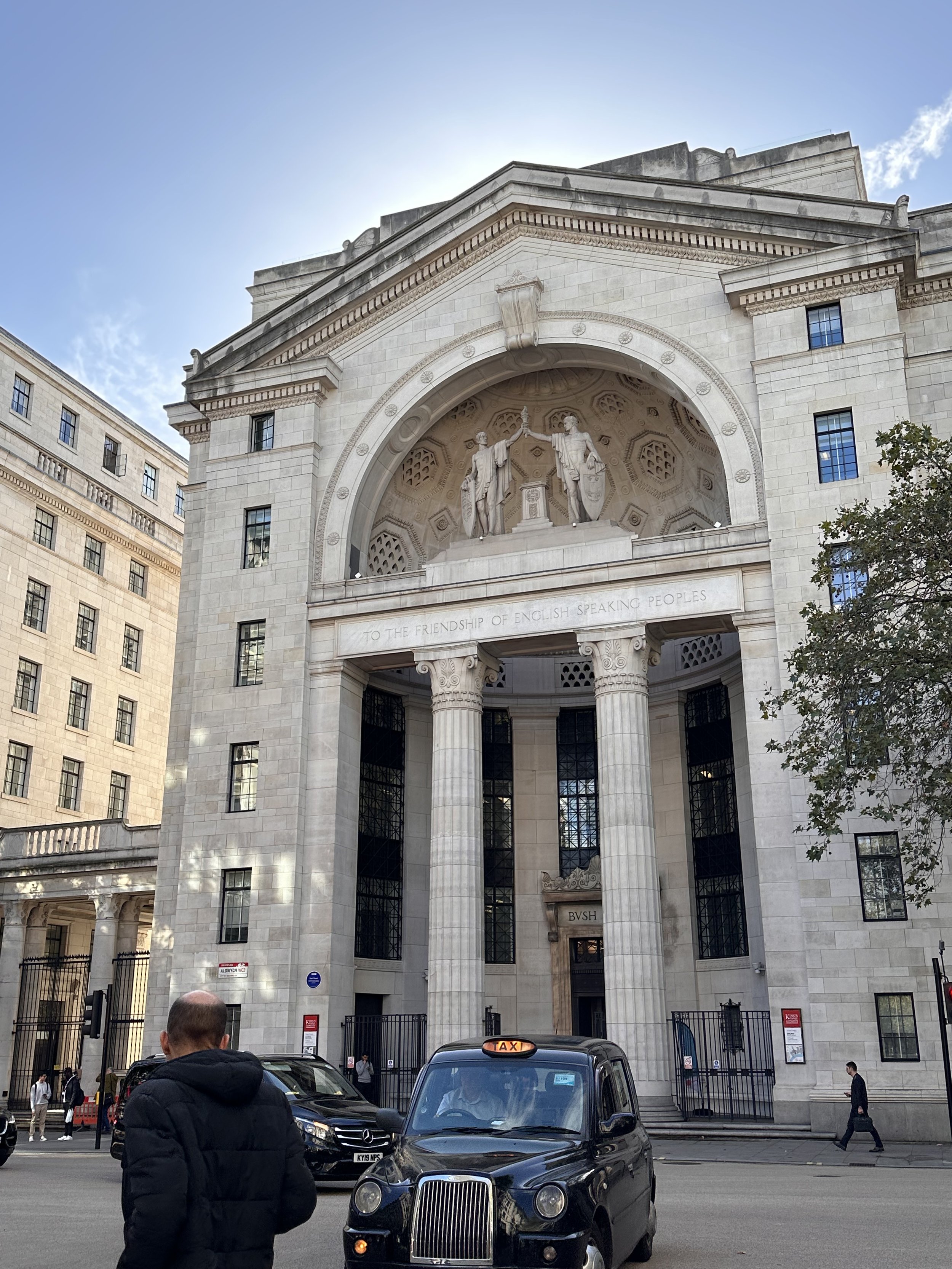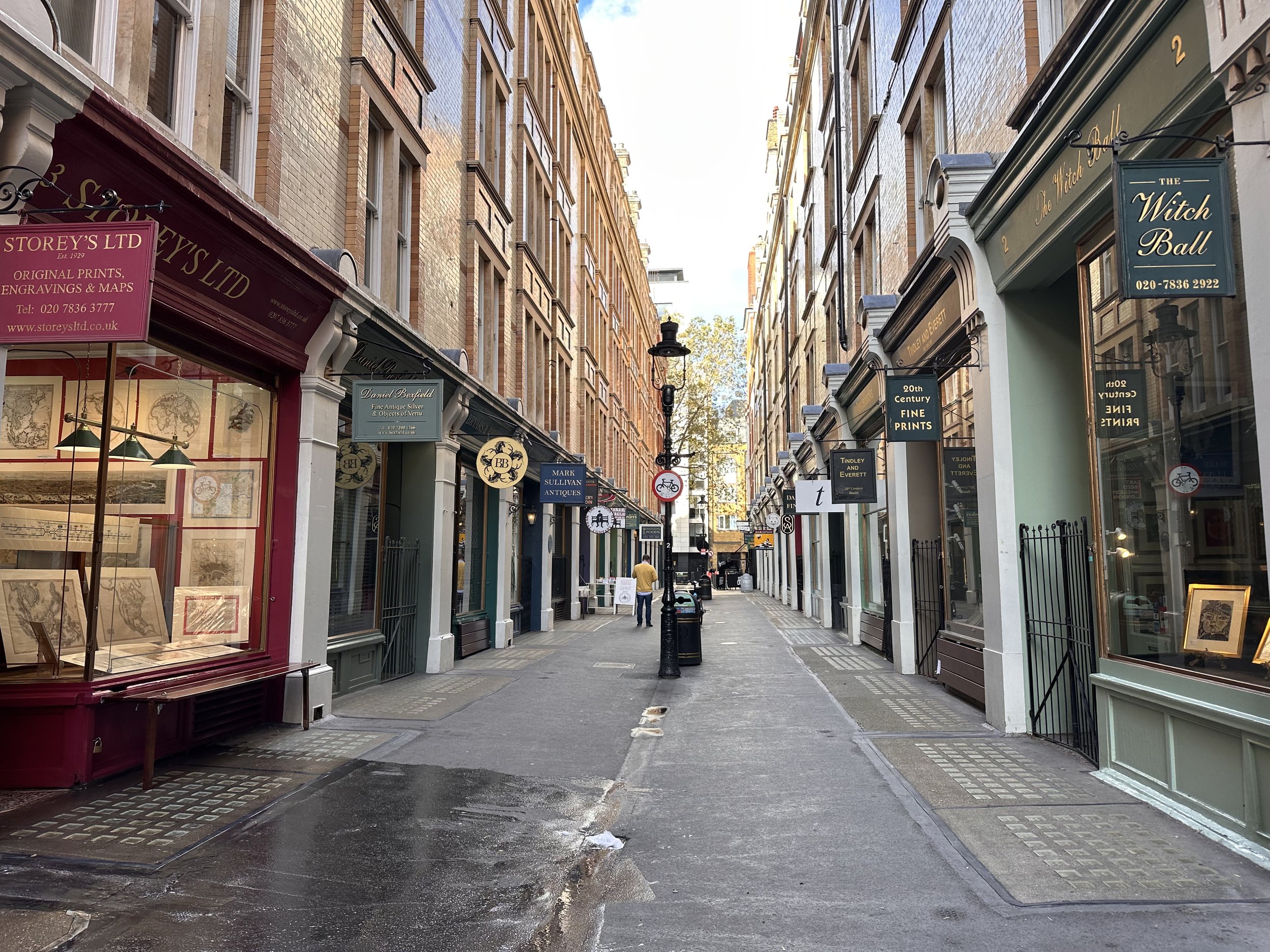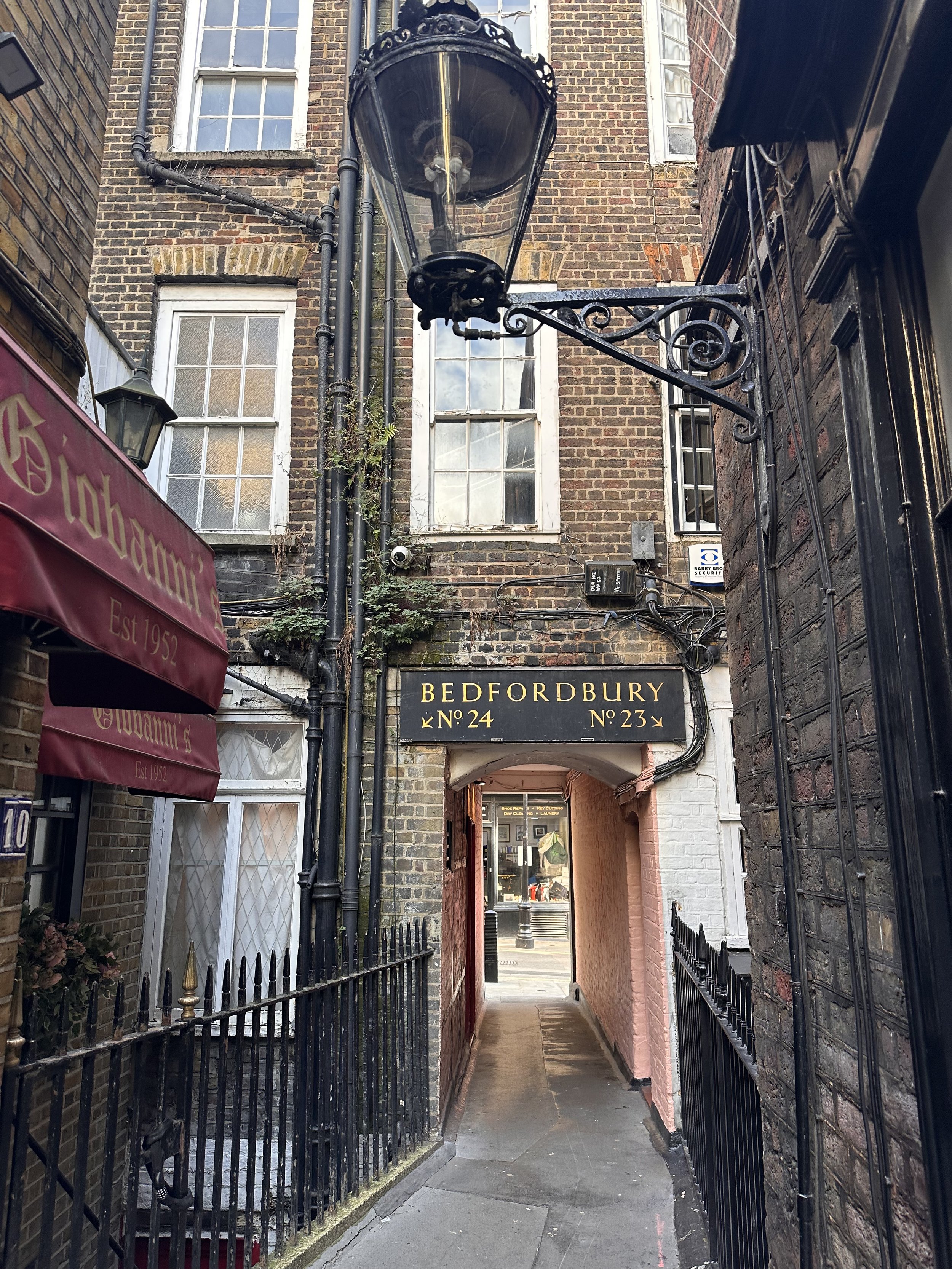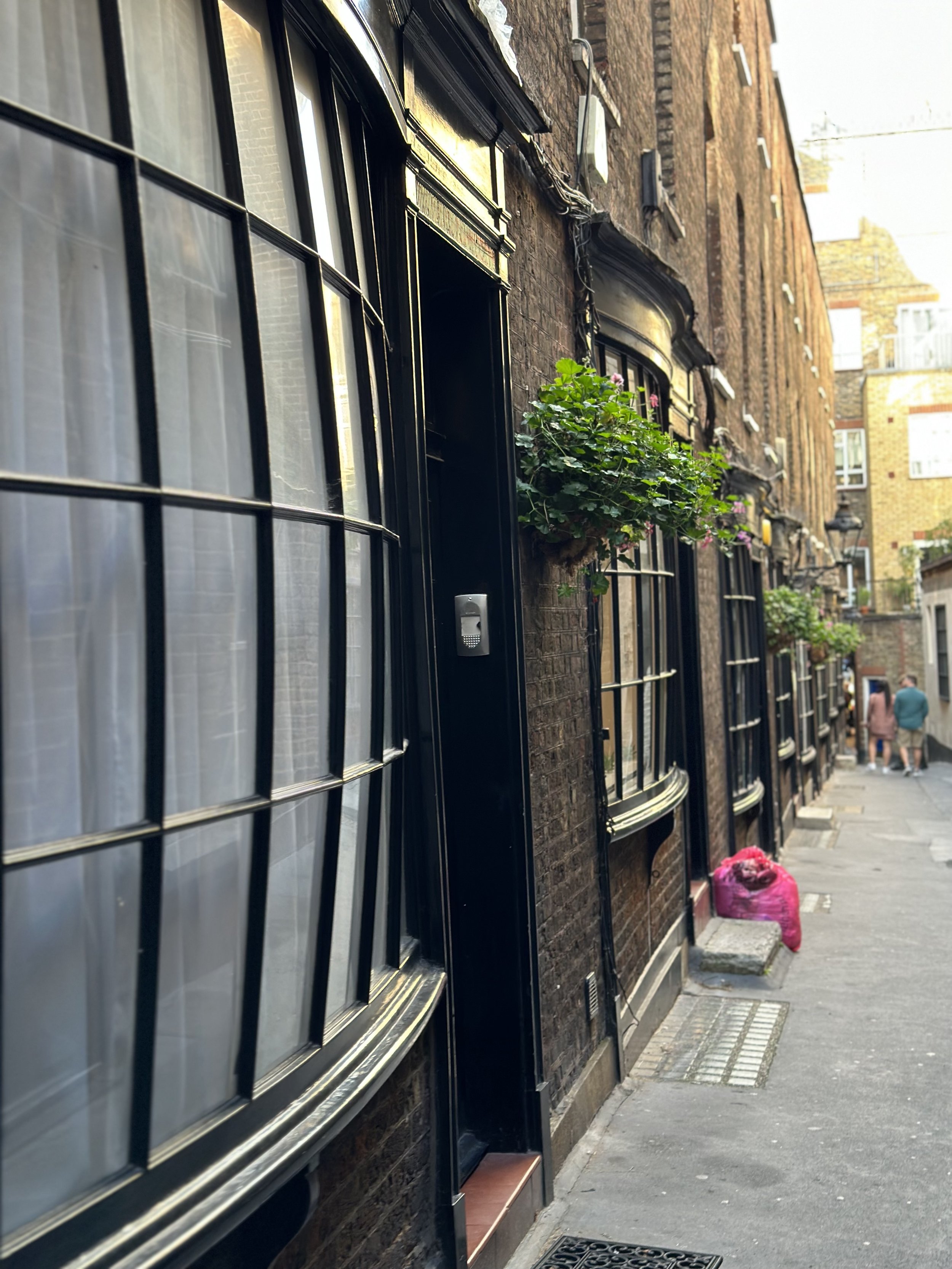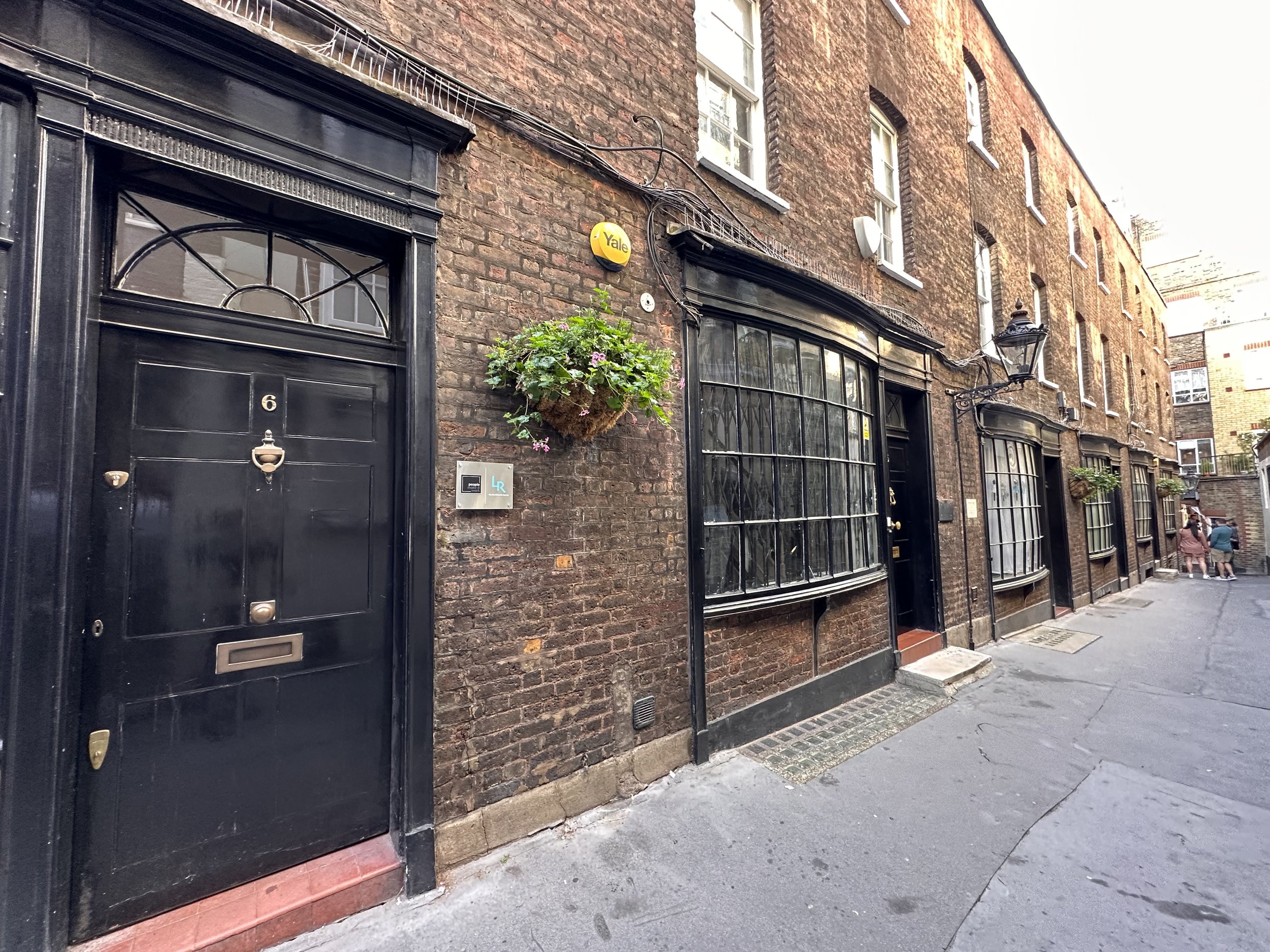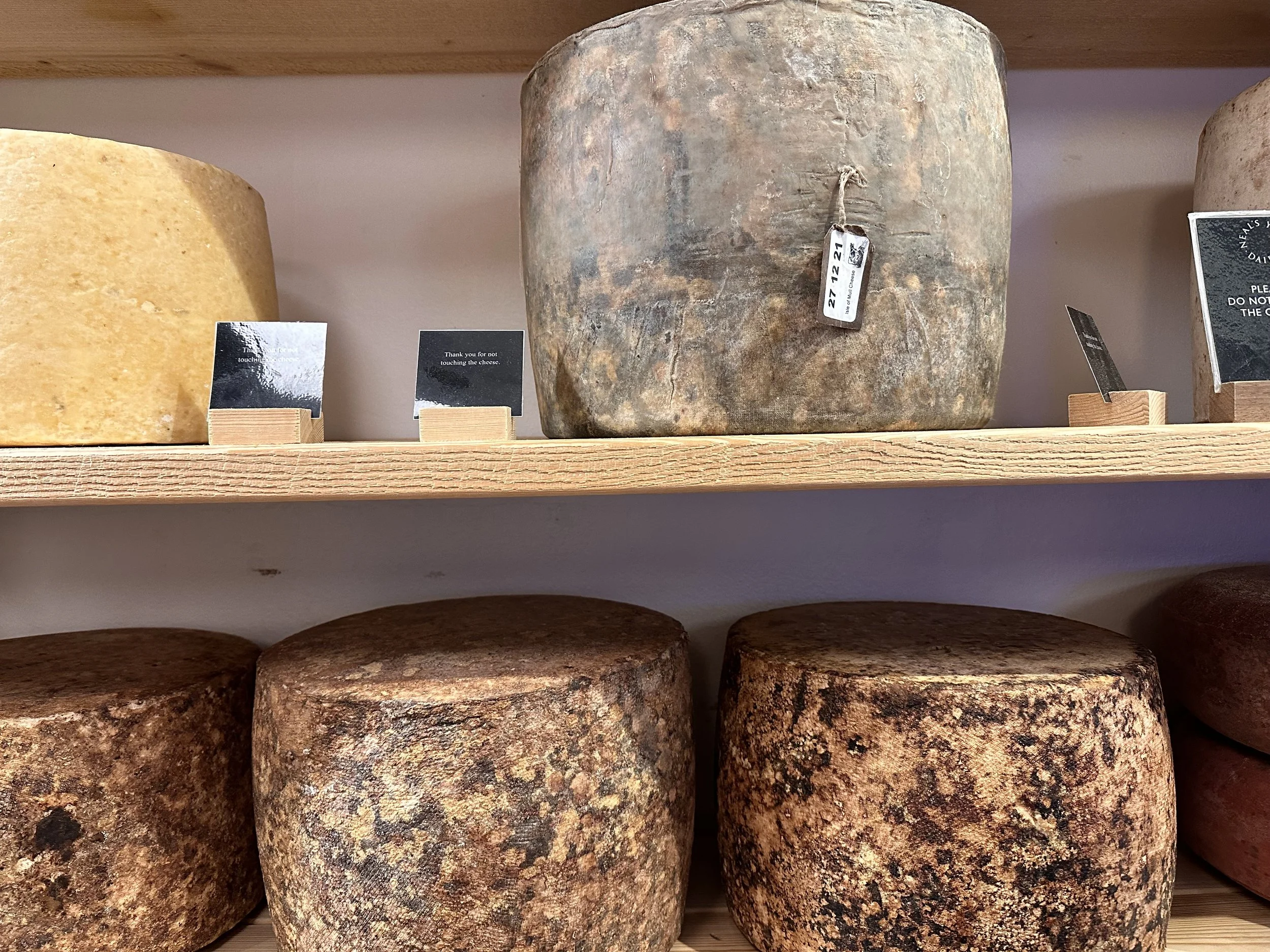Exploring Covent Garden, LondoN
Note: This post has been updated on September 30, 2023.
There are no shortage of things to do and see in London. Every time we come back, we find new areas to explore and new things to learn. Because of this, we have broken out our London post into several.
The below information is a complete guide of the best places to stay, the top rated places to dine and drink, and all there is to see and do in the Covent Garden. For transportation tips, as well as a summary of the history of this amazing city, please refer back to the London post.
Jump To:
Where to Stay
While there are many areas to stay in, we have chosen the most popular to consider:
Where to Dine & Drink
Bancone
Housemade pastas are offered with Prosecco & espresso in a chic setting with 3 dining counters.
Cora Pearl
Hearty comfort food & handcraft cocktails served in a historic, chic Covent Garden townhouse.
Clos Maggiore
Modern French restaurant with notable wine list, flower-filled conservatory and log fire.
Frog by Adam Handling
A Michelin-starred restaurant, using local ingredients on a contemporary seasonal menu.
Indigo at One Aldwych
A dedicated, upscale gluten-free restaurant
J Sheekey
Fish and seafood restaurant with horseshoe-shaped bar, an open kitchen and banquette seating.
Ladurée
Upscale bakery with Parisian origins, specializing in French macarons in a number of flavors.
Margot
Elegant, bi-level setting for upmarket regional Italian cuisine and more than 300 global wines.
Mr. Fogg’s Society of Exploration
Society fellows are invited to sip on exploratory cocktails in the dimly-lit Society, or let off steam with libations inside the Victorian Train Carriage with the first ever mechanical mixologist!
Plaza Khao Gaeng
With an open kitchen and electric pop blaring, there's a buzzy, vintage vibe at this relaxed, homely spot in the Arcade Food Hall. Chef Luke Farrell grows many of the Southeast Asian ingredients in a tropical greenhouse in Dorset, which are then deftly used to create wonderfully authentic, punchy Southern Thai curries.
Restaurant 1890 by Gordon Ramsay
The surprise tasting menu is inspired by Escoffier’s classics and delivered with elegance and poise, but with dishes prepared using modern techniques.
Rules
Established in 1798, serving classic British food (especially game) in Edwardian surrounds.
The Barbary
Petite eatery for small plates with Berber-style flavors served at a bar by a central kitchen.
The Delaunay
All-day brasserie in elegant grand cafe surrounds, serving modern and classic European menu.
The Oystermen Seafood Bar & Kitchen
Chef-driven shellfish & seafood creations pair with wines in an intimate, warehouse-chic space.
Things to See & Do
Covent Garden is one of those charming little sections of London that have all the character of historical times but all the flair of modern ones. We absolutely loved wandering through the streets and alleyways for our few hours there!
Goodwin’s Court
Picture this.. you’re walking down side streets or alleyways. You see “deerstalker-clad” detectives appearing from the fog, pacing behind top-hat adorned gents or serial killers. But… it’s modern day and you’re just walking down Goodwin’s Court.
An easily missed set of steps, from St. Martin’s Lane, leads through a low-roofed arch and around a corner to reveal what seems to be a perfectly preserved piece of London nostalgia: a spindly stretch of ornate window fronts and gaslight lamps, akin to anything found in the pages of Charles Dickens or Conan Doyle.
According to the nearby plaque, the well-preserved row of shops was built in 1690, predated by a passage known as Fishers Alley (note: actress and mistress to Charles II, Nell Gwynn, is thought to have been one of the earliest residents of the Court). When the shops slowly became increasingly unprofitable, the quaint alley was occupied by offices, and many theater and entertainment agents have taken spaces there at different points in time. Today, the doors are decorated with gleaming door knobs, knockers, and nameplates for the businesses contained within.
The charming passageway now maintains a relatively secluded feel from the surrounding busy streets, serving as a scenic shortcut.
FUN FACT: This served as the inspiration for Harry Potter’s Diagon Alley.
London Transport Museum
The London Transport Museum is a transport museum based in Covent Garden, London. The museum predominantly hosts exhibits relating to the heritage of London's transport, as well as conserving and explaining the history of it. The majority of the museum's exhibits originated in the collections of London Transport but, since the creation of Transport for London (TfL) in 2000, the remit of the museum has expanded to cover all aspects of transportation in the city and in some instances beyond.
The museum operates from two sites within London: 1. The main site in Covent Garden is open to the public every day, excluding over Christmas, having reopened in 2007 after a two-year refurbishment; and 2. Located in Acton, is the London Transport Museum Depot, and is principally a storage site of historic artifacts that is open to the public on scheduled visitor days throughout the year.
Neal’s Yard
Hidden away in plain sight, is one of the best-kept secrets of London, and it’s a world away from the hustle and bustle of busy Shaftesbury Avenue (where all the London theatres are based) and nearby Covent Garden. It is named after the 17th century developer, Thomas Neale.
Right in the middle of the Seven Dials District (famed for its chic eateries and independent boutiques), you’ll find this secret garden. But look closely because it’s only approachable, via two cobbled alleyways; two strands of the winding Neal’s Yard lane.
In 1976, Michael Palin and Terry Gilliam bought offices at 11 Neal's Yard, and alternative activist and entrepreneur, Nicholas Saunders, established the bulk Whole Food Warehouse (he had bought 2 Neal's Yard, a derelict warehouse previously used by the former Covent Garden fruit and vegetable market, for £7,000 a few years earlier). From this success, grew other enterprises in other buildings, such as Neal's Yard Apothecary (now known as Neal's Yard Remedies), Neal's Yard Bakery, Monmouth Coffee Company, and Neal's Yard Dairy (which is an amazing cheese and butter shop - see the pic below).
How to find it: Head off Monmouth Street and walk down the narrow passageway that is Neal’s Yard. It’s cobbled and tall with bricked buildings rising up on each side of you. Follow the curved walkway ahead of you. Walk for a minute or two and the space opens up, revealing a hidden courtyard. Here, the walls are painted in vibrant colors, and are covered in murals.
Royal Opera House
The Royal Opera is a British opera company, based in central London, residing at the Royal Opera House in Covent Garden - it is one of the two principal opera companies in London. Founded in 1946 as the “Covent Garden Opera Company”, the company retained that name until 1968.
When the company was formed, its policy was to perform all works in English, but since the late 1950s, most operas have been performed in their original language. From the outset, performers have comprised a mixture of British and Commonwealth singers, as well as international guest stars, but fostering the careers of singers, from within the company, was a consistent policy of the early years.
The company's growth, under the management of David Webster, from modest beginnings to parity with the world's greatest opera houses, was recognized by the grant of the title "The Royal Opera" in 1968. Under Webster's successor, John Tooley (appointed in 1970), The Royal Opera prospered, but after his retirement in 1988, there followed a period of instability and the closure of the Royal Opera House for rebuilding and restoration, between 1997 and 1999. In the 21st century, the company has seen a stable managerial regime again.
